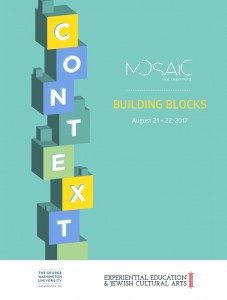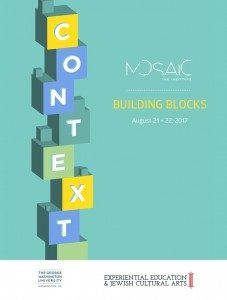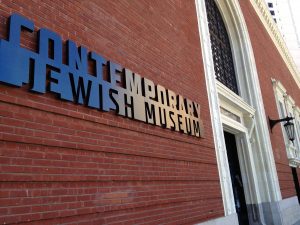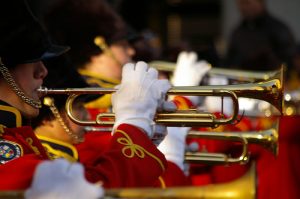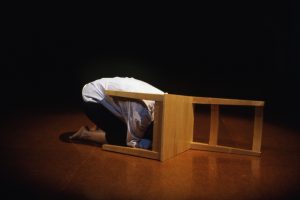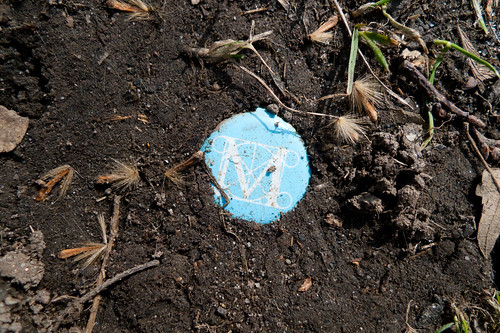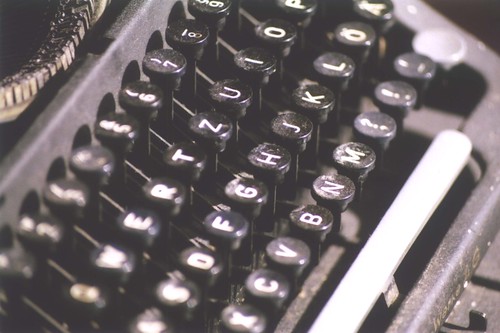More than a century ago, visitors to London’s Anglo-Jewish Historical Exhibition encountered an embarrassment of riches: nearly 3,000 items that ranged from a Hebrew version of “God Save the Queen” to a brass model of Solomon’s Temple.
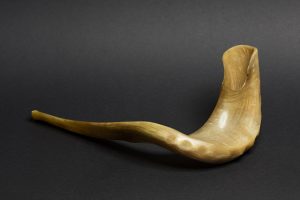
An attempt to shore up and secure Anglo-Jewry’s relationship to the British Empire, an exercise in both apologetics and cultural pride, the exhibition dazzled the eye, or so we are told.
The students in my grad seminar, “Displaying Jewish Culture,” where we recently took the measure of the exhibition, were not so much dazzled as baffled. Its sweep and scale they understood as strategic, a way to make the case that the Jews had a rich and complex cultural patrimony, but the paucity of interpretive information that accompanied the objects on display was something else again.
Consider, for example, item number 1535, a shofar, or, as the catalogue explained, a “ram’s horn trumpet.” Housed in a section of the exhibition given over to music, it was identified simply as “quaint and old.” Ditto for item number 1540, a shofar described as “very old,” and its companion, number 1548, which featured “black from age” as its label.
Where, oh, where, wondered the students, was information about context or usage or significance?
Surely, vague descriptive phrases on the order of ‘old’ and ‘very old’ didn’t do much for the shofar, especially among the uninitiated.
As we batted about the absence of detail from our latter-day perches, generating lively conversation about the sea changes in museological conventions and expectations since 1887, it occurred to me that the curators of the Anglo-Jewish Historical Exhibition had gotten it right.
When it came to the shofar, what really mattered was not so much its materiel or place of origin or maker. A blast from the past, the ram’s horn trumpeted the values of historicity, connecting one generation with another.
On that note, here’s wishing one and all a sweet new year and a vibrant and meaningful 5778.

